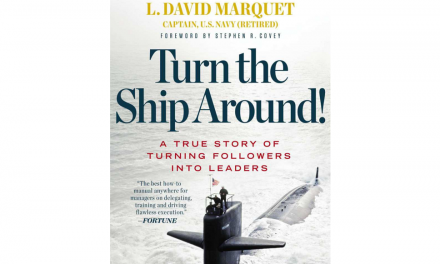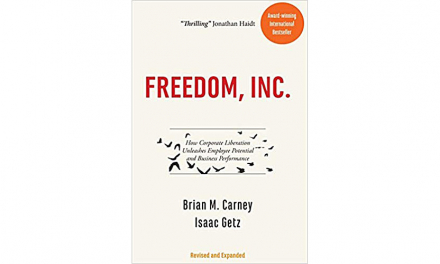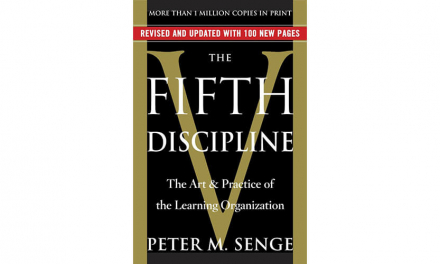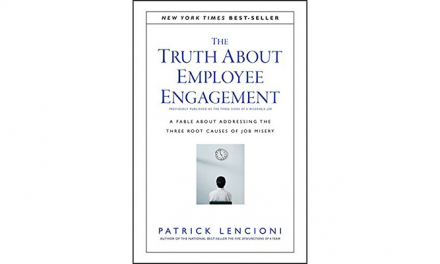- Authors: Rita Gunter McGrath
- Publication date: 2013
- Publisher: Harvard Business School Publishing
- ISBN: 9781422191415
This book gets straight to the point with the announcement that a sustainable competitive advantage no longer exists. McGrath almost makes it sounds trivial while this is a business landslide. Building a sustainable competitive advantage and designing an organization around that notion has been the major business strategy for decades. It’s one of the pillars of modern business strategy. She’s right of course. We are facing a time of hyper-competition, market disruption, and all but slayed barriers of entry. Remaining relevant is one of the most important challenges for today’s senior management.
McGrath continuous by saying that the organizational design and strategy that was useful in a world of sustainable competitive advantage becomes a liability in a world where you have to surf through waves of short-lived opportunities, which she calls transient advantage.
Transient Advantage
A strategy of Transient Advantage means a business continuously explores new opportunities, seizing short-lived advantage, and disengages from opportunities well before decline sets in. She calls this a new strategy playbook of reconfiguration:
FROM
TO
Extreme downsizing and restructuring
Bulk of emphasis on arenas in exploitation phase
Stability or dynism alone
Narrowly defined jobs and roles
Stable vision, monolithic execution
Continuous morphing and changing
Equal emphasis on all phases of a life cycle
Stability combined with dynism
Fuidity in allocation of talent
Stable vision, variety in execution
The remainder of the book describes ways how to implement this strategy of transient advantage. It describes how to healthily disengage in time from a value proposition. It also describes why you need people who feel comfortable with continuous change. Those people form an organisation around an opportunity instead of the other way around. To top it off a company need to continuously innovate.
The book is easy to read. It describes disruptive concepts in a way that makes you feel they are obvious. Which they are perhaps but few companies really commit to this new reality yet. They should however. It’s a dog eat dog world where you either disrupt or be disrupted.





